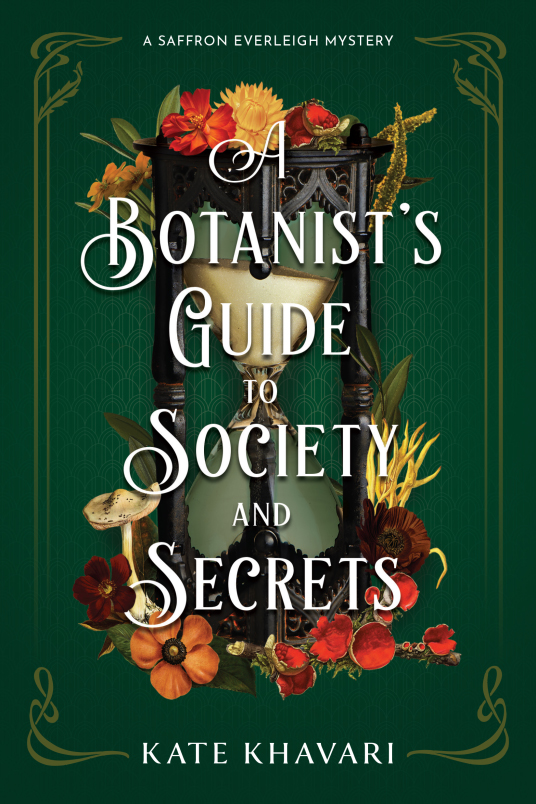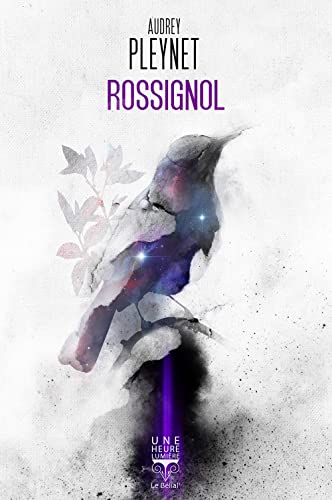Kate Khavari, A Botanist’s Guide to Society and Secrets (2024)

Some might consider a bit controversial that I post about DNF books but I am pushing past my doubts here and just want to tell why this book didn’t work for me. It was not clear to me when I chose it on Netgalley that A Botanist’s Guide to Society and Secrets was the third book in a series (maybe I didn’t pay enough attention). I’m very undisciplined when it comes to reading series in order, and that’s normally not an issue, as in many cases, the author has a way to weave the back story into the first chapter and to make it easy for newcomers to catch the train. Here, it doesn’t work. You need to have read the first two books to understand anything about the story. I was lost at sea with lots of characters and previous events that were merely alluded to and it wasn’t fun. If people have started the series from the beginning I assume it might be a lot more fun.
I might have persevered if the mystery of this book was quick to start, but when I decided to DNF, at 23%, it was still a slow build (due to the development of characters I didn’t know) and I could not wait any longer. The last thing that annoyed me was that even though the book is set in the 1920s (and frequently alludes to the long lasting impacts of the Great War, in terms of trauma, shell shock, and changing attitudes of society), Saffron Everleigh and a few other characters behave in an anachronistic manner, which is certainly more a reflection on current female empowerment and consent than what went on at the time. I liked the botanical approach to mystery, but this was definitely not enough.
Thanks to the publisher and Netgalley. I received a free copy of this book for review consideration.
Onto other partially read books, of another type: a Kindle’s sample taken from my TBR pile.

I really, really have no idea where I picked up the title What is not Yours is not Yours by Helen Oyeyemi. Goodreads tells me that several book blog friends and real life friends have read it, but who among them convinced me to add it to my TBR back in 2016? Nearly a decade later, am I the same person who thought she could enjoy this book?
This is a short story collection, and I don’t quite know how Kindle samples work, but I think I got a part from the first story of the book: Books and Roses, and I don’t know how much I’m missing till the end of the story. Anyway, I really enjoyed the writing and the tale, but I have no clue what I read. Or maybe, even if I have no clue?
Helen Oyeyemi starts with one character, and then it turns out that it’s only a secondary character in another story, which in turns derails into a totally different story. A bit like Russian nesting dolls (I had a set when I was a kid). And because I only got a sample, maybe I stopped at the medium doll, or maybe I reached the tiny doll, the one who is the most delicate and precious. I really enjoyed the writing, which was smooth and seamless. I liked the female characters and the luscious setting. This way of telling a tale reminded me of Gabriel Garcia Marquez’ Chronicle of a Death Foretold, which runs from one person to the next. Isn’t that a very positive reference?
At this stage, I’m intrigued and interested to learn more. Unfortunately, neither my local library nor the American bookshop I visited in the weekend had anything by her on shelves, but this book is definitely staying on my TBR.









